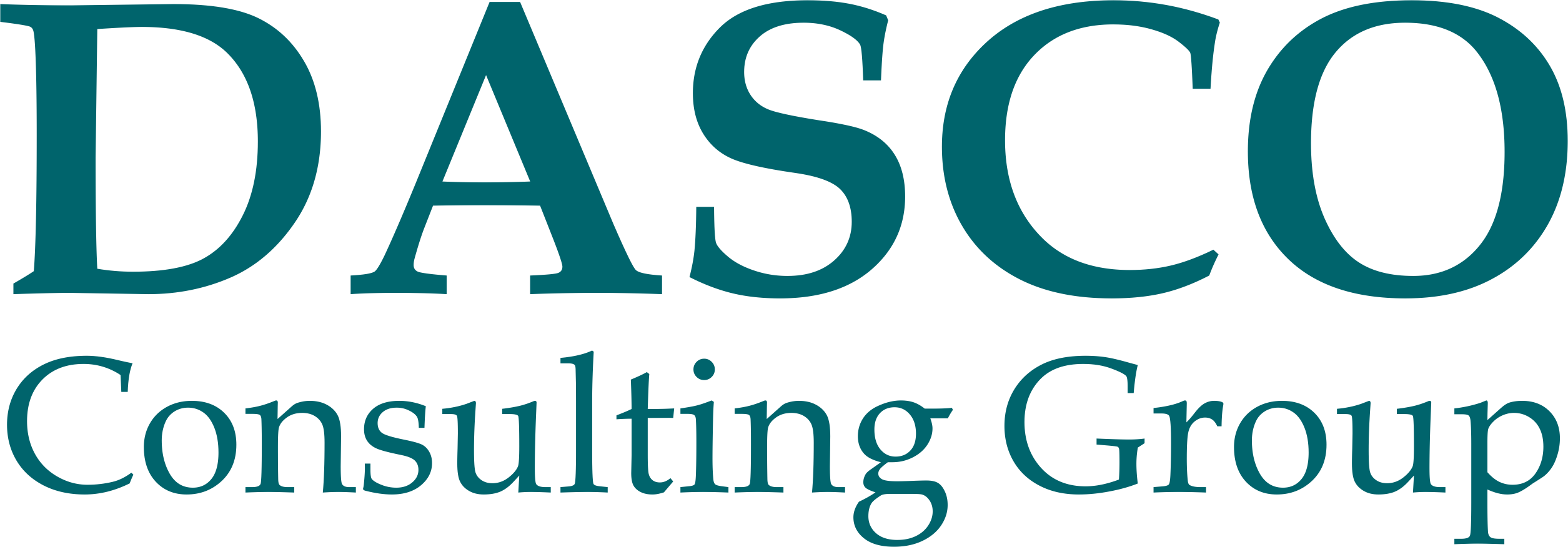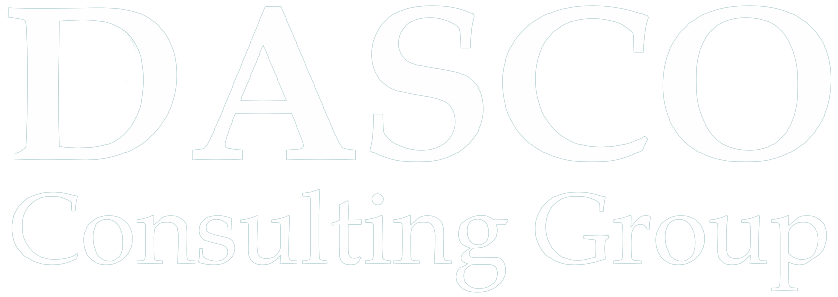The amount of under collection of sales taxes due to the displacement of legal producers is almost $90 billion a year all over the world.
Digital marking is one of the most promising sources of growth of Kazakhstan's economy. The specifics of this tool, its potential and key implementation solutions are regularly discussed in the government discourse, in the scientific and economic environment and among international partners. The Kazakhstan Association of Digital Labelling and Traceability was created specifically to accumulate the dialogue. It was headed by Yerkin Zhusanbayev, and its participants included Dasco Consulting Group, IT sector companies, service and industry organizations. What is the reason for such a dramatic activation? Let's analyze.
"The Three-Body Task” for Trading
This is a completely new sphere for Kazakhstan, which, however, has a solid history at the international level. In terms of the development of digital labelling, our country is slightly behind our key EAEU partner Russia and 5-15 years behind a number of developed countries. As active partners of the Kazakhstan Digital Labelling and Traceability Association, we are studying global experience in this area and closely following the implementation of the system in our realities. We note a significant acceleration of this work thanks to government initiatives and joint actions at the level of the Eurasian Economic Commission. An important event happened on March 29, 2019, when an agreement on the labelling of goods by means of identification came into force in the EEU member states.
It is safe to say that the development of digital labelling is a socio-economic "three-body task," the solution of which will have a multilevel effect on key aspects of our lives.
Firstly, it is a focus on the quality of the most demanded and "sensitive" goods, such as agricultural products, pharmaceuticals, alcoholic and non-alcoholic beverages, tobacco products and clothing. There are specific cases that demonstrate the benefits of a traceability system in emergency situations. For example, in the fight against “mad cow” disease in the United Kingdom, marking made it possible to trace exactly which farm was the site of the infection outbreak. This ensured that not all 10 million cows across the country were disposed of, but only those that were at risk of being infected.
The same monitoring process can be used on most agricultural delivery lines. The option appears to track the commodity right down to what food the animal is consuming and on which specific farm. We essentially get a "commodity passport" using and applying modern high technology.
Secondly, it is the focus on the protection of the interests of domestic producers. Counterfeit products passing through the border without appropriate fees and controls dump the market and force the local industry to idle. At first glance, it does not seem to matter to our customers which jacket to wear - counterfeit or labeled and legal. However, it breaks the economic principles of the state and reduces its competitiveness. Citizens themselves lose at least twice; the state treasury loses billions in customs duties, which could have been spent on solving many social problems. In addition, jobs are being cut in marginal industries. Digital codes make it possible to determine the legitimacy of goods at any stage of their sale.
As Bill Gates says, paper digital is dead digital, but digital in electronic form can change the world. Here this idea is realized as accurately as possible. Now it is already obvious that paper excise and accounting and control stamps are not sufficiently protected against counterfeiting. Last year about 12 million counterfeit registration and control stamps for alcohol products were officially seized. And no one can say how many goods with such stamps were thrown on the shelves. While it is almost impossible to fake a digital tag, it is unique and automatically removed from circulation after use.
And thirdly, it is a significant increase in the efficiency of tax collection. Shadow business is one of the key challenges for the tax policy of any state, and digital labelling is a new effective tool in the fight against illegal trade. According to the International Chamber of Commerce, the amount of under collection of sales taxes caused by the displacement of legal producers in the world is almost $90 billion per year. The problems in this sphere are the most acute in the developing countries, where there is a considerable share of shadow production, or "grey" imports. It is not subject to customs and tax dues, excises and other payments.
The scale of the shadow economy is impressive even in individual sectors of Kazakhstan. For example, according to our calculations, the shadow market in the fishing industry of agriculture is 300%! That is, only one in three goods here is officially got, carried through quality control and market regulation mechanisms. All the rest of the revenues flow into the sand, and the budget is short 2.5 billion tenge in taxes annually. On the gold market, the ratio of legal and counterfeit goods is 1 to 20, but the amount of losses here is even more difficult to calculate. The "grey" volume of the shoe business exceeds 70%. For this industry, we also did a complex study and found that the tax authorities here lose about 6 billion tenge each year.
However, there is good news. For example, the EAEU countries have successfully implemented an experiment on digital labeling of natural fur products. As a result, the total amount of this type of goods increased 13 times, and the retail sales of fur products increased seven times. In other words, in a very short period of time they managed to bring a huge amount of trade operations out of the shadows. This data proves that whoever introduces digital labeling for all key products faster will increase the effectiveness of the economy. During 2019, Kazakhstan will implement similar pilot projects in the areas of tobacco, alcohol, footwear and pharmaceutical products.
The architecture of the "golden mean"
At the heart of total goods tracking is the IT platform. But how ready is our technological infrastructure for this? Two areas should be distinguished here: infrastructure solutions (DATA centers, data transmission channels, equipment used in digital marking and tracking) and software and hardware solutions, the so-called software part. There are no serious problems with the first point - there are many solutions, several competitive suppliers of IT-services, so the question remains at the level of pricing policy. However, on the second vector, the implementers face serious problems.
First of all, the choice of software is complicated by the fact that the system has many tasks, and they affect the interests of several parties: business, government, and consumers. Accordingly, there is the complexity of building this software architecture. Besides, there are different approaches to solving this problem, and each of them is more or less effective. In China such systems have been used for 15 years, in Japan - about 20 years. In Europe, there is a number of such offers that has grown out of ERP (Enterprise Resource Planning) systems.
Russia has gone its own way - it solves all this in a fairly monopolized and centralized way, introducing the "Honest Sign" system under tight deadlines. The disadvantages of this approach are the instability of this complex model and its high cost. The expected results include a 1.2% contribution to the country's GDP, the withdrawal of 1.1 trillion rubles from illegal trafficking, a 2% to 10% reduction in the price of labeled products, and a 20% reduction in logistics costs.
In other words, we have a dual situation here: a complex architecture plus a huge variety of solutions. This is the complexity of choices and combinations in building the right national system. Finding the “golden mean” here is more of an art than a science. The main problem is that there is no project champion in the management system who could take the catalyzing, integrating, stimulating role in the development of effective criteria and approaches to the development of digital labeling. Definitely, the systematical progress is being made in this direction and some pilot projects are being implemented. But in the end we end up with a set of solutions which, unfortunately, is not closed to any government body which could perform such a task.
Honestly, it is the task of the Ministry of Finance and specifically - its tax authority. At the same time, the Ministry of Infrastructural Development, Atameken NEP, Kazakhtelecom JSC are also engaged in solving the problem now. But for the last year that we are engaged in studying this subject, we see the situation, when parties understand the problems, work a lot, bring their visions and technologies, but they have not yet reached the necessary effect.
Work needs to be coordinated
Over the year of international experience, pilot projects, studying their positive and negative results, we have developed our approach to the implementation and development of digital labeling. We can adapt it to Kazakhstan. We see the main problem not in the technological sphere, where there are many solutions and where government policy has priority. We see the main problem in how and who will build the relationship between the participants in the process.
International, Russian and Kazakh experience shows that it is necessary to provide feedback from consumers, customers of the system and those structures, maybe even non-governmental, which will own this system, to implement and develop it. Some states have created these mechanisms, they are usually public and financed at the expense of the fact that they are really built into the processes, really ensure functionality and viability of this system. That is exactly what we want to offer.
Together with other partners, we created the Kazakhstani Association of Digital Labeling and Traceability. Its main task is to form an ecosystem that allows us to gather the initiatives of the state, large and medium-sized businesses in a single whole block, to make them logically complete, so that the entire platform can function and benefit all participants in the process - the state, business, and consumers.
Совместно с другими партнерами мы создали Казахстанскую ассоциацию цифровой маркировки и прослеживаемости. Ее главной задачей является формирование такой экосистемы, которая позволяет собрать инициативы государства, крупного и среднего бизнеса в едином целом блоке, сделать их логически завершенными, чтобы вся эта платформа функционировала и приносила пользу всем участникам процесса – государству, бизнесу, потребителям.
Source: https://kapital.kz/economic/78985/tsifrovaya-markirovka-vyvedet-iz-teni-milliardy-tenge.html


